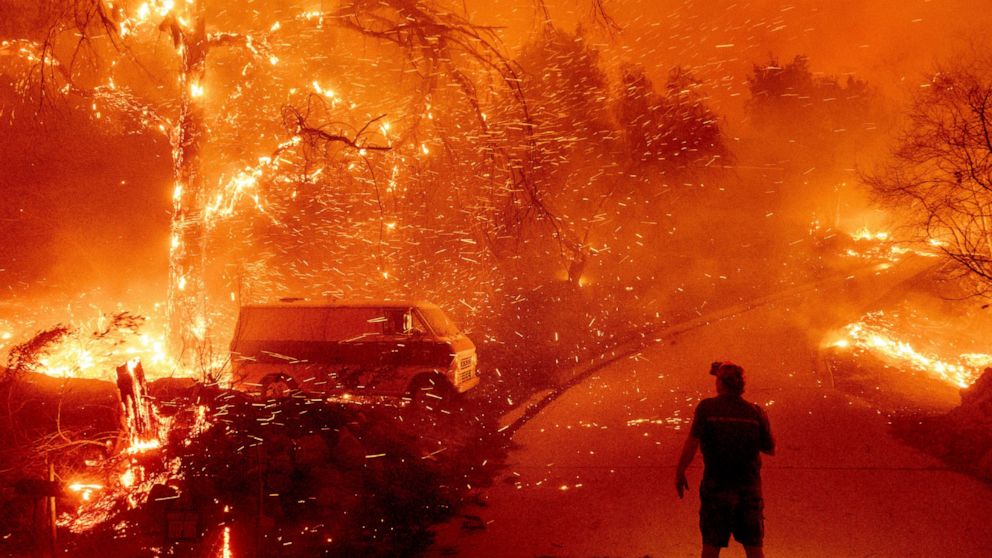

The wildfires, in large part, have been fueled by high temperatures, strong winds and dry weather. “These are reburning areas that have burned what we thought were big fires 10 years ago,” Battles said. John Battles, a professor of forest ecology at the University of California, Berkeley, said the fires are behaving in ways not seen in the past as flames churn through trees and brush desiccated by a megadrought in the West and exacerbated by climate change. A ceiling of dark smoke spread out from the main plume that began to glow and was then illuminated by flames shooting hundreds of feet in the sky. Forest Service webcam captured the fire’s extreme behavior as it grew beneath a massive gray cloud. … Everything that we owned, everything that we’ve built is gone.”Īll 7,000 residents in nearby Pollock Pines were ordered to evacuate Tuesday. “Maybe next to losing a child, a baby, maybe. You know, there’s really no way to explain the feeling, the loss,” Sheean said.

He felt lucky he and his wife, cats and dog got out safely hours before the flames arrived. Lone chimneys rose from the ashes, little more than rows of chairs remained of a church and the burned out husks of cars littered the landscape.Ĭhris Sheean said the dream home he bought six weeks ago near the elementary school went up in smoke. Those who viewed the aftermath saw few homes standing.

It covered 84 square miles (217 square kilometers).ĭozens of homes burned, according to officials, but tallies were incomplete. “This is going to take a long time to come back from.”Īlthough the Dixie Fire is only a third contained and remains a threat, dozens of fire engines and crews were transferred Wednesday to fight the Caldor Fire, which exploded in size southwest of Lake Tahoe and ravaged Grizzly Flats, a community of about 1,200. “We are seeing generational destruction of forests because of what these fires are doing,” Porter said. It was also one of several massive fires that have destroyed areas of the timber belt that serve as a centerpiece of the state’s climate reduction plan because trees can store carbon dioxide. The largest current fire in the West, known as the Dixie Fire, is the first to have burned from east to west across the spine of California, where the Sierra Nevada and Cascade mountains meet, the state’s fire chief said. “This isn’t the fire to mess around with,” he told KGO-TV.įires burning mostly in the northern part of the state threatened thousands of homes and led to extended evacuation orders and warnings, as well as power outages to prevent utility equipment from sparking fires amid strong winds. Lake County Sheriff Brian Martin issued a warning of “immediate threat to life and property.” Children were rushed out of an elementary school as a field across the street burned. Rows of homes were destroyed on at least two blocks and television footage showed crews dousing burning homes with water. Hours after Porter spoke, a grass fire spurred by winds up to 30 mph (48 kilometers per hour) swiftly burned dozens of homes, forced the evacuation of schools and threatened the city of Clearlake about 80 miles north of San Francisco. (AP) - Record-setting blazes raging across Northern California are wiping out forests central to plans to reduce carbon emissions and testing projects designed to protect communities, the state’s top fire official said Wednesday, hours before a fast-moving new blaze erupted.įires that are “exceedingly resistant to control” in drought-sapped vegetation are on pace to exceed the amount of land burned last year - the most in modern history - and having broader effects, said Thom Porter, chief of the California Department of Forestry and Fire Protection.


 0 kommentar(er)
0 kommentar(er)
